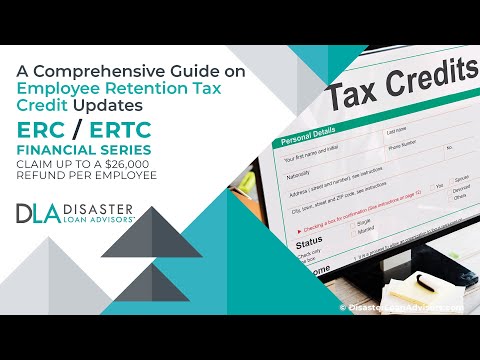The employee retention tax credit is a great tool for businesses to help them retain their employees during challenging economic times. The Coronavirus Aid, Relief created this tax credit that can be refunded in addition to the Economic Security (CARES) Act in the year 2020. The purpose of this legislation is for employers to ensure that they retain their employees on the payroll, regardless of the financial strains due to the COVID-19 pandemic. The employee retention tax credit can be used by employers of all sizes, including the self-employed and those who have fewer than 500 employees.
The tax credit for retention of employees provides a refundable tax credit for as much as 50% wages paid by an employer that is eligible to its employees during the period starting on March 12, 2020, until December 31, 2021. The maximum amount of the allowance is set at $5,000 for each employee per year. The credit is available all employers, regardless of whether they have had to endure a total and/or partial suspension businesses due to the COVID-19 epidemic.
The aim of this article is to give general information about the employee retention tax credit and what employers need to be aware of to take advantage of it. We will cover eligibility requirements, how the credit is implemented, and how to apply for the credit. We will also offer tips for employers about how to maximize their tax credits for retention of employees.
In conclusion, the retention tax credit can be an invaluable option for employers in helping retain their employees through tough economic times. The credit is offered to businesses of all sizes and gives a tax credit of up to 50% of the wages an eligible employer pay its employees. Employers should make the effort to understand the eligibility requirements and how the credit operates and how they can claim it in order to maximize their employee retention tax credit. By taking advantage of the tax credit, employers are able to help ensure their business's financial stability as well as their employees' employment.
Employers should also consult their tax advisors to ensure that they're making full use of the employee retention tax credit as well as other relief programs. The CARES Act provides a number of other relief programs, in addition to the tax credit for employee retention including the Paycheck Protection Program and Economic Injury Disaster Loans. Utilizing all of the relief programs offered employers can aid in ensuring the financial stability of their companies as well as their employees' long-term job.


















